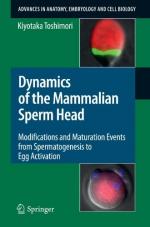|
This section contains 198 words (approx. 1 page at 300 words per page) |
Spermatogenesis refers to the process by which mature sperm (spermatozoa) cells are produced. When a baby boy is born, his testicles contain cords of primitive sex cells (spermatogonia), but no mature spermatozoa. The sex cells are frozen in development until the boy reaches puberty. At puberty, as the anatomy of the testicles changes, the spermatogonia begin to undergo a process called meiosis.
Meiosis is a system where by sex cells replicate, creating cells with only half the normal number of chromosomes (23). This half number is all that's required in a sex cell, because its ultimate purpose is to unite with another sex cell during fertilization. Together, then, one sperm and one egg will create a single cell (zygote) with the normal complement of 46 chromosomes.
During spermatogenesis, a single spermatogonia will ultimately give rise to four separate spermatids. These spermatids are simple cells, and do not yet possess all of the characteristics of the mature sperm cell. These characteristics (including the differentiation of the cell to possess both a head and a whip-like tail which allows motility) are achieved through a separate process called spermiogenesis. This process of spermiogenesis, leading from spermatid to spermatozoa, takes about 61 days.
|
This section contains 198 words (approx. 1 page at 300 words per page) |


